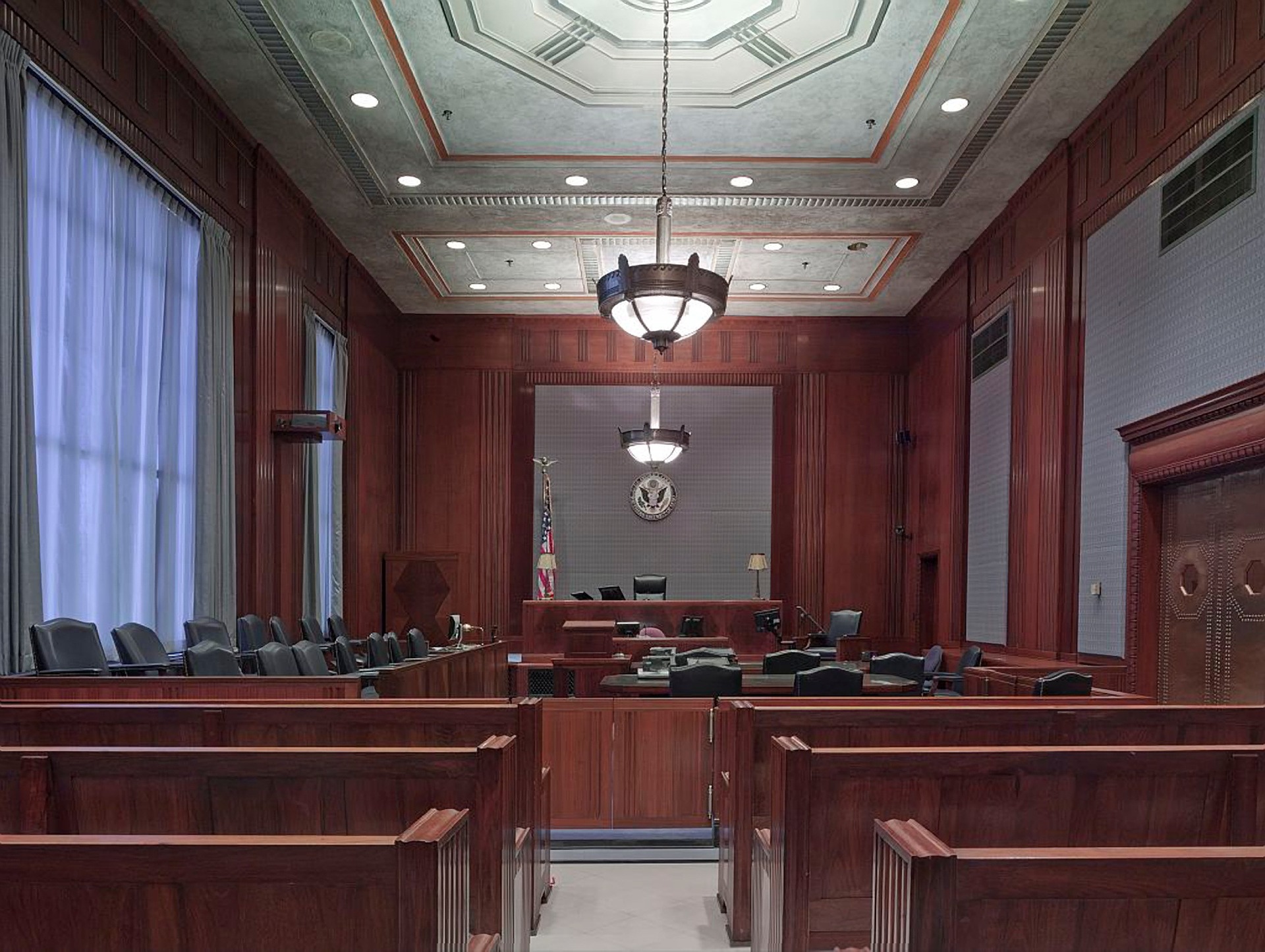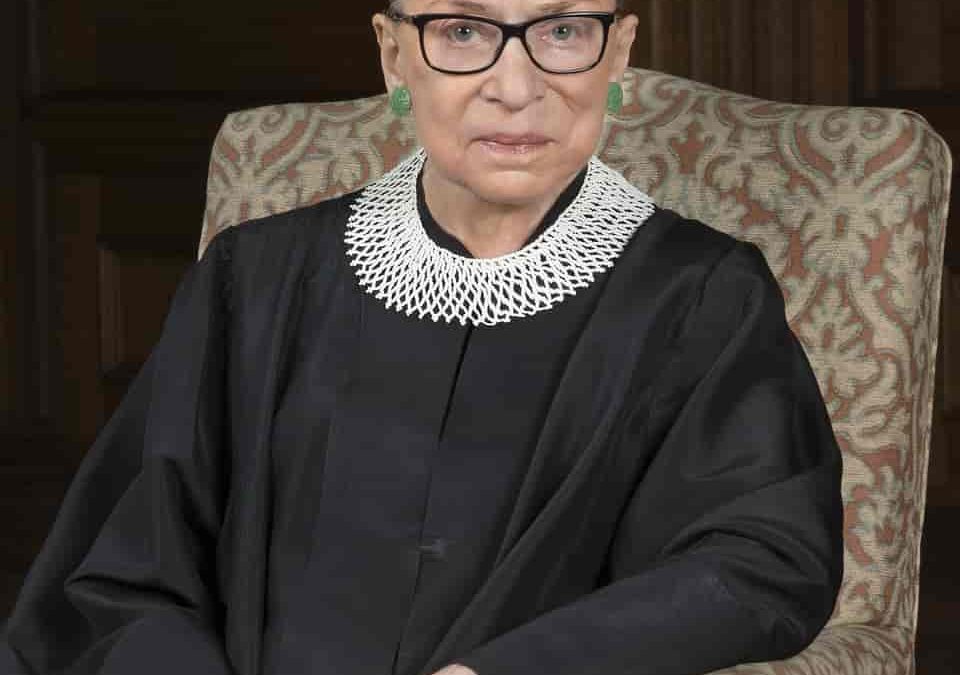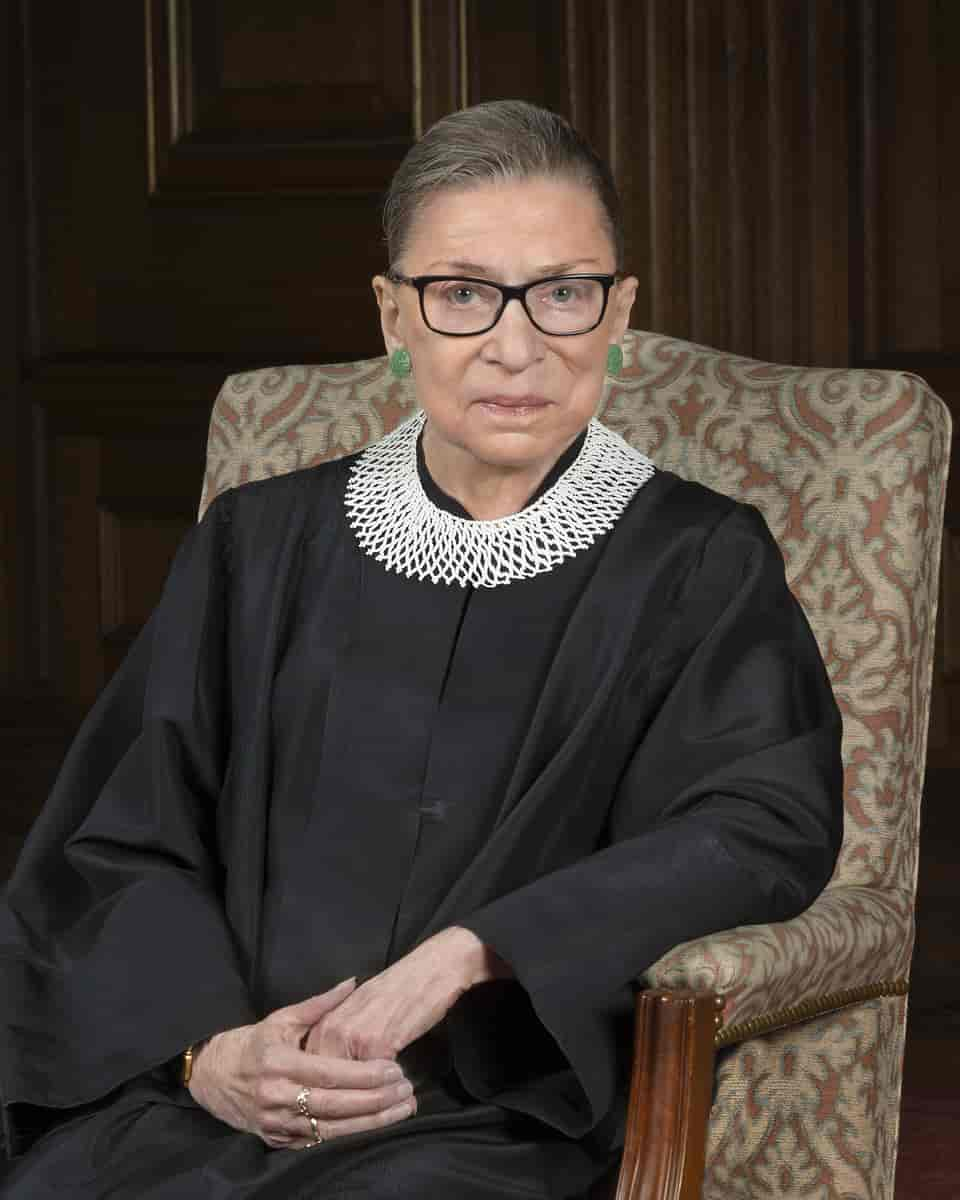Senator Jennifer L. McClellan*
It seems cliché at this point to say 2020 was an unprecedented year. If 2020 were a movie, critics would have found the plot too far-fetched and with more twists than Game of Thrones. With a global pandemic, resulting economic crisis, the murder of George Floyd and resulting summer of civil unrest, the reckoning of 401 years of racial inequity, and one of the most consequential and contentious presidential elections in our nation’s history—the world seemed to turn upside down multiple times. But before COVID-19 hit Virginia, a seismic political shift hit the Virginia General Assembly that rippled far and wide across the Virginia legal landscape.
Politically, the New Year dawned in the aftershock of regime change. The blue wave that started in 2017 culminated in 2019 with the trifecta of Democratic control of the Executive Branch, House of Delegates, and Senate for the first time since 1993—when I was an undergrad at the University of Richmond interning in the Governor’s Policy Office. Elections matter.
With the shift in partisan control, hundreds of bills on just about every issue imaginable that had been bottled up in committees passed and became law. During the General Assembly’s 2020 Session, nearly 4000 bills were introduced. I introduced forty-nine of them myself (not counting commending and memorial resolutions). One reporter assumed my heavy workload was because I might have been eyeing higher office, but the overwhelming majority were bills that I had introduced before, only to see them never make it out of committee. Why wouldn’t I introduce them again now that I was in the majority for the first time in my fifteen sessions? Indeed, thirty-six of them became law, either as my own bill, as part of the budget, or through a House companion that I helped shepherd through the Senate. In short, persistence pays off.
In total, close to 1300 bills passed. And transformative legislation passed on just about every issue, including: (1) climate change and environmental justice; (2) criminal justice reform; (3) workers’ rights, such as minimum wage, wage theft, and collective bargaining for local government workers; (4) reproductive health; (5) an overhaul and expansion of antidiscrimination laws for housing, employment, and public accommodations; (6) gun safety measures; (7) repealing vestiges of Jim Crow; (8) major health-insurance policy, such as creating a state-based insurance exchange and balanced-billing reform; (9) expanding access to voting; (10) ratifying the Equal Rights Amendment; and (11) redistricting reform.
I do not envy the University of Richmond Law Review editors, trying to fit everything into an Annual Survey of Virginia Law shorter than War and Peace—but everyone loves a challenge.
The partisan realignment is only one part of the story of the seismic shift 2020 represented in Virginia public policy and law.
One hundred fifty years after the first African American men were sworn into the General Assembly,1 the 2020 General Assembly was the most diverse in its 401-year history. Glass ceilings were shattered as the House of Delegates elected Eileen Filler-Corn the first woman and first Jewish Speaker of the House and Suzette Denslow the first woman Clerk. The Senate elected Louise Lucas to be the first woman and African American President pro tempore. The House Majority Leader and Senate Democratic Caucus Chair were also African American women. The General Assembly now has forty-one women, twenty-one African Americans, four Asians, four Hispanics, and one multiracial member. Diversity matters.
We have heard since we were in elementary school that American democracy is a government “of the people, by the people, for the people,” and Abraham Lincoln etched that phrase in our collective memory in the Gettysburg Address. However, we are rarely taught just how many people were shut out of the process from the beginning. Indeed, the first Virginia Constitution adopted in 1776 restricted the right to vote to white men who owned property. The story of our Commonwealth and nation over the past 244 years has been expanding “the people” who participate in government to reflect the full diversity of those who are governed.
In my nearly fifteen years as a legislator, I have observed that the life experiences and perspectives of policymakers impact the policies and laws they produce. Expanding those experiences and perspectives ensures the government will reflect the needs, desires, and expectations of more of the governed. The General Assembly’s 2020 Session and Special Session reflect this point through a number of transformative laws passed. Here, I present two examples.
* Virginia State Senator, District 9. J.D., 1997, University of Virginia; B.A., 1994, University of Richmond.




